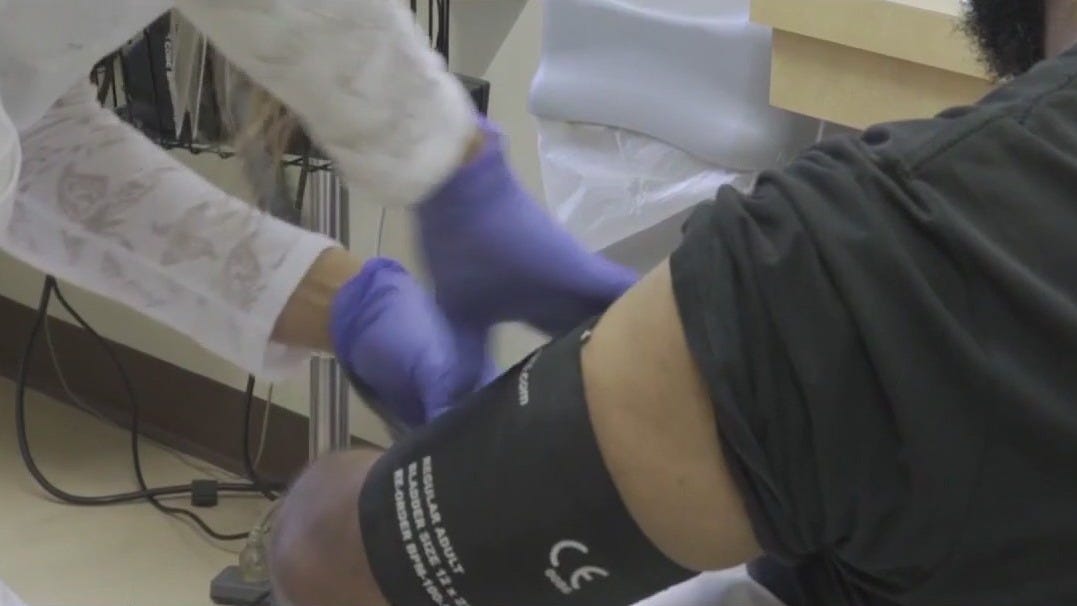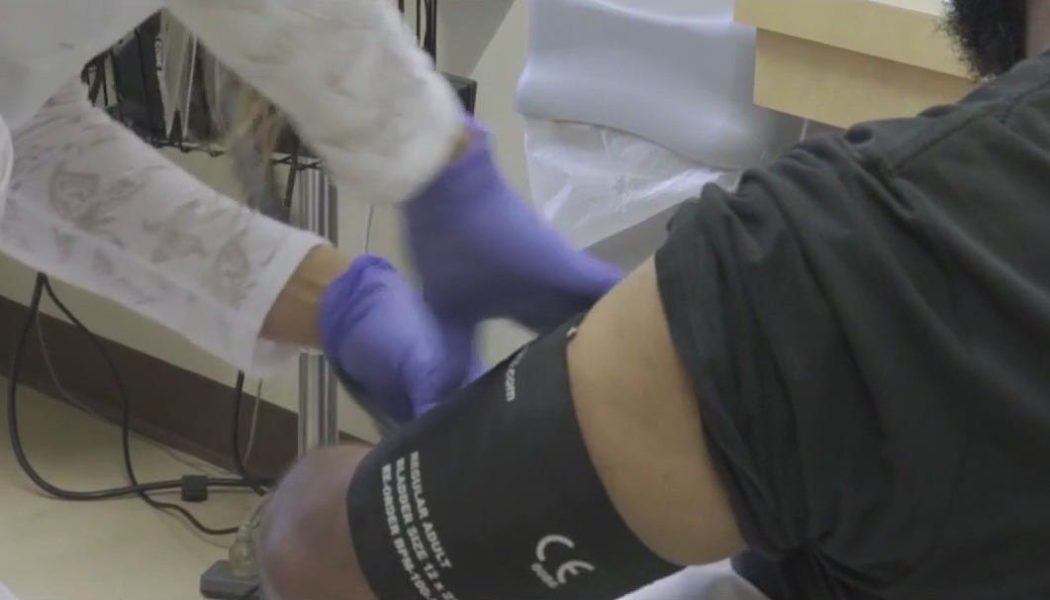
American Cancer Society releases new findings
New findings by the American Cancer Society reveal behaviors that can be changed to prevent a cancer diagnoses.
Fox – 10 Phoenix
There’s new evidence of the health benefits of avoiding smoking, excessive drinking and being dangerously overweight: they are the leading preventable causes of cancer in adults, a new study found.
An American Cancer Society study published this week estimates 40% of new cancer cases of 44% of cancer deaths in people 30 and over could be avoided if people cut out high-risk behaviors, such as smoking and drinking. Experts say the study provides fresh evidence for public health leaders to encourage people to adopt healthy lifestyles to reduce the risk of cancer and ample evidence that people should take action to prevent it.
The American Cancer Society study examined cancer cases and deaths that could have been prevented through behavior and diet changes or vaccines for HPV and hepatitis B, which reduce the risk of cancer-causing infections.
Behaviors that can raise cancer risk include smoking, exposure to second-hand smoke, drinking alcohol and being overweight. Consumption of too much red meat or processed meat and diets short on fruits and vegetables, dietary fiber or calcium also increase the odds of getting cancer. The study also cited cancer risk from infections such as hepatitis B, Epstein-Barr virus, HIV, human papillomavirus and Kaposi sarcoma herpes virus.
Experts not involved in the population-level study said it’s an important reminder for public health agencies and decisionmakers to adopt policies to encourage healthy behaviors.
The findings amount to “a big opportunity for our country – really every country – to reduce cancer incidence and mortality by being more proactive in prioritizing prevention at a personal level and at a societal level,” said Ernest Hawk, vice president and head of cancer prevention and population sciences at the University of Texas MD Anderson Cancer Center.
Hawk said the purpose of a study like this is not to shame individuals who smoke or drink or engage in other high-risk behavior, but rather to inform and educate.
“It’s hard to change one’s lifestyle immediately or consistently over time,” Hawk said. The goal is to help orient people “toward helpful behaviors and helpful policies that can assist them in making that choice easier.”
The study estimated that, in 2019, 40% of the nearly 1.8 million cancers in adults 30 and older were attributable to “potentially modifiable risk factors.” It examined 30 types of cancer and excluded non-melanoma skin cancers.
The causes of cancer the study said were preventable broke down like this:
∎ Cigarette smoking was the top risk factor, accounting for 19.3% of cases.
∎ Excess body weight was a risk factor in 7.6% of cases.
∎ Alcohol consumption was linked to 5.4% of cases.
∎ Ultraviolet radiation caused 4.6% of cases.
Lung cancer had the largest number of cases tied to preventable risk factors assessed by researchers. The study found 104,410 preventable lung cancers in men and 97,250 in women. The next most common preventable cancer included 50,570 cases of skin melanoma and 44,310 colorectal cancers.
“Despite considerable declines in smoking prevalence during the past few decades, the number of lung cancer deaths attributable to cigarette smoking in the United States is alarming,” said said Farad Islami, the American Cancer Society’s senior scientific director of cancer disparity research and the study’s lead author.
Islami added the study shows the need for tobacco control policies in every state that encourage people to quit smoking. He also cited the need for early detection of lung cancer.
American Cancer Society officials also stressed the importance of vaccines for hepatitis B and human papillomavirus, or HPV. Hepatitis B causes liver cancer and HPV can lead to multiple types of cancer, including cervical, anal and genital cancers and cancer of the mouth and throat.
Earlier this year, the American Cancer Society projected U.S. cancer cases would eclipse 2 million for the first time this year. However, the report said lower smoking rates, earlier detection and improved treatments have lowered death rates over the past three decades.









